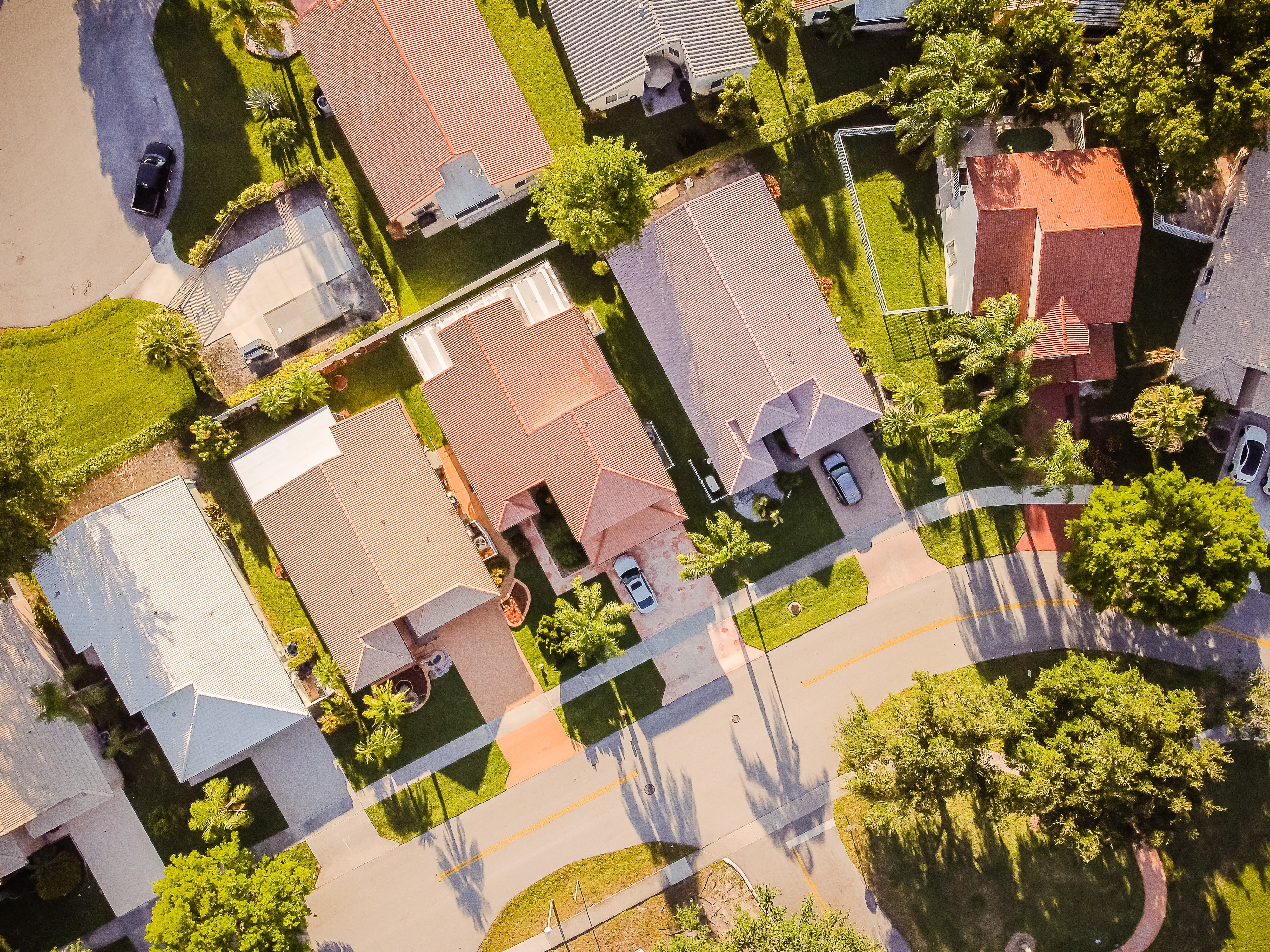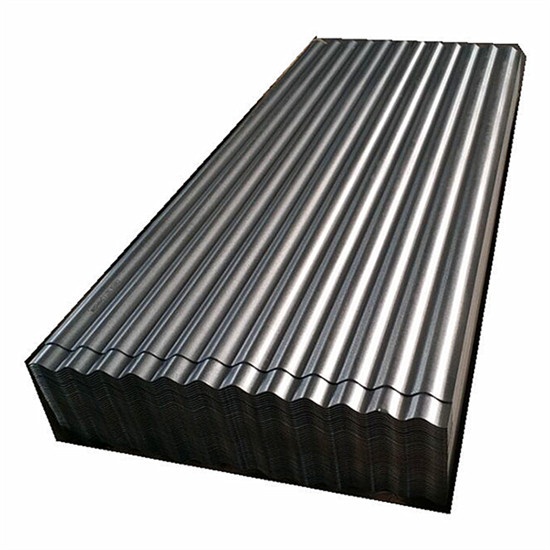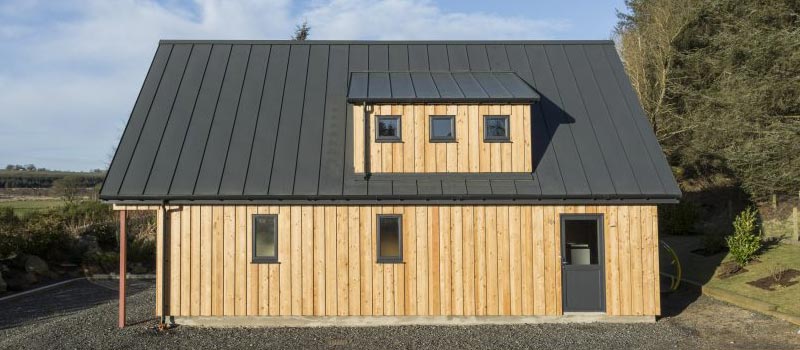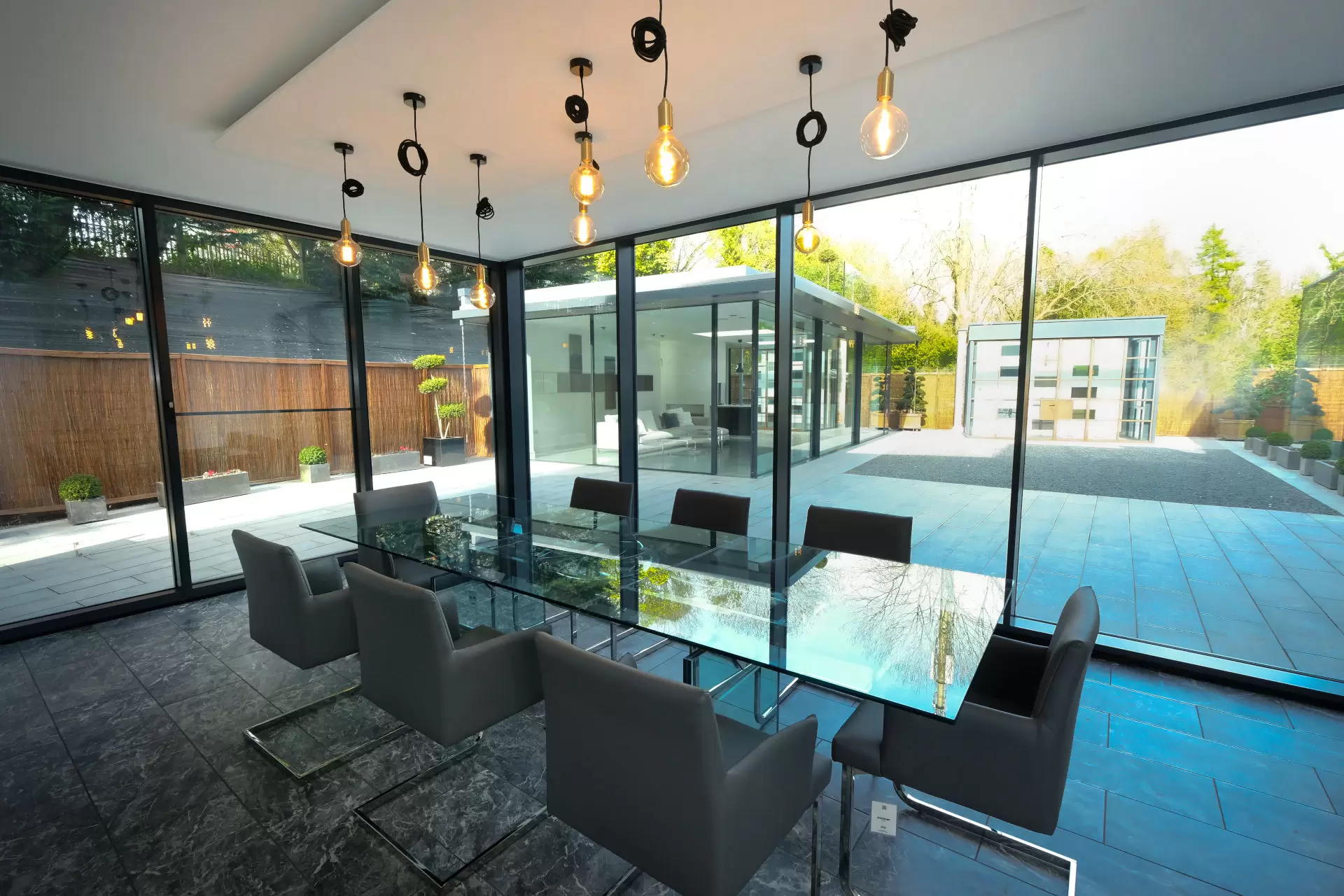Roofing sheets
Introduction to roofing systems

Roofing sheets play a pivotal role in the construction industry, serving as an integral component in building structures. Over the years, roofing materials have evolved significantly, with roofing sheets emerging as a popular and versatile choice. This blog explores the evolution, significance, and characteristics of roofing sheets in the construction sector. Yehans has been installing new roofs and bringing the dreams of homeowners like you to life for nearly 30 years now, and we know a thing or two about aesthetics and technique. Needless to say, we’ve got you covered when it comes to functionality and style.
Historical Evolution of Roofing Sheets
Roofing materials have a rich history dating back centuries. Initially, natural materials like thatch, wood, and clay were commonly used for roofing. The Industrial Revolution brought about advancements in manufacturing, leading to the production of metal sheets and corrugated iron for roofs. These materials provided durability and better protection against the elements.


As technology continued to progress, roofing sheets evolved further. Today, roofing sheets are available in various materials such as metal (including steel, aluminum, and copper), polycarbonate, asphalt, fiberglass, and PVC, offering a wide range of options to cater to diverse architectural and construction needs. However, the roofing styles we tend to see time after time that never go out of style include:
- Galvanized IBR sheets
- Steel longspan sheets
- Aluminium roofing
- Zinc Roofing Sheet
- Queen Post Truss
Galvanized IBR sheets
Galvanized IBR (Inverted Box Rib) sheets refer to a specific type of roofing or cladding material commonly used in construction.

Galvanized Sheets: These are steel sheets that have been coated with a layer of zinc to protect them from corrosion. This process is known as galvanization, and it helps prevent rust and corrosion, making the steel more durable and suitable for outdoor use.
IBR: IBR refers to the profile of the sheet. It stands for "Inverted Box Rib," denoting a specific shape or design of the metal sheet. The IBR profile consists of fluted and undulating shapes that interlock, providing strength and enhancing water runoff, making it a popular choice for roofing.
Steel longspan sheets
Steel longspan sheets are large, continuous steel roofing or cladding sheets typically used in industrial, commercial, and sometimes residential construction projects. These sheets are known for their length, as the name implies, and are designed for quick and efficient installation due to their size and design.

Here are some key features and characteristics:
-
Length: Longspan sheets are longer and wider compared to traditional roofing sheets. Their extended length helps to cover larger areas with fewer seams, reducing the chances of leakage and providing a sleeker appearance.
-
Steel Material: Longspan sheets are typically made from steel, which is known for its strength, durability, and fire-resistant properties. The steel used might be galvanized (coated with zinc for corrosion resistance) or made of other steel variants to suit different purposes.
Aluminium Roofing
Aluminum roofing refers to roofing materials made primarily from aluminum. This type of roofing offers several advantages due to the properties of aluminum:

-
Lightweight: Aluminum is very lightweight, making it easier to handle and install compared to some other roofing materials. This can reduce the stress on the overall structure of the building.
-
Corrosion Resistance: Aluminum is naturally resistant to corrosion, making it an excellent choice for roofing, especially in areas with high humidity or coastal environments. It doesn't rust like steel.
-
Longevity: Aluminum roofs have a long lifespan. They are durable and can withstand various weather conditions without degrading or losing their structural integrity.
Zinc roofing
Zinc roofing involves using zinc as a primary material for creating roofing components. Zinc has become a popular choice for roofing due to its various beneficial properties:

-
Durability: Zinc is highly durable and has a long lifespan. It can withstand harsh weather conditions, including extreme temperatures, heavy rains, and snow, without corroding or degrading.
-
Self-healing: Over time, zinc develops a protective layer called a patina, which helps it self-heal minor scratches and dents, enhancing its longevity.
-
Lightweight: Zinc is relatively lightweight, which makes it easier to handle during installation and places less stress on the building's structure.
Queen Post Truss
A Queen Post Truss is a type of roof truss, a supporting framework used in the construction of roofs to provide structural support. It's recognized for its design featuring two vertical posts (known as queen posts) along with struts, ties, and other connecting elements. The queen posts are situated between the tie beam and the principal rafters in the truss.
Which Style of Roofing Is Right for Me?
Roofing sheets have significantly evolved, becoming an essential component in construction. Their diversity in materials, characteristics, and applications make them indispensable in modern architecture and building practices. The ongoing innovations in materials and construction techniques are poised to make roofing sheets more efficient, durable, and environmentally friendly. As technology advances, roofing sheets will continue to play a critical role in shaping the structures of the future. If you’re having trouble envisioning what your future roof may look like on your home, get in touch with your local roofing contractor. They’ll inspect your current roof, and help you decide which new type of roofing will function the best, all while looking even better. A professional roofing contractor will be skilled to help you fit the right style option within your budget.



